muscles respond to the overload of exercise by gaining
 Muscles respond to the overload of exercise by gaining E a strength b fat c | Course Hero
Muscles respond to the overload of exercise by gaining E a strength b fat c | Course HeroServer Error Please try later. Overload and force your muscle to grow! A muscle must be subjected to a stimulus that forces it to adapt and grow. If there is no reason for a muscle to grow, there will be no hypertrophy. Increase the intensity and stop using light weight if you want your muscle to grow. Keep reading. A muscle must be subjected to a stimulus that forces it to adapt and grow. If there is no reason for a muscle to grow, there will be no hypertrophy. Muscles increase their strength and size when they are forced to contract at levels close to their maximum. Much more weight can be raised with compound exercises than isolation movements. More weight, more overload and more muscle. A compound exercise is a movement that involves more than one important muscle group. It is a primary muscle and one or more secondary muscles. An example of a composite exercise would be the barbell squadron. Primary muscles are quadriceps and secondary muscles are gluteus and hamstring muscles. An insulation exercise points to a single muscle. Isolating a muscle during resistance limits overloading and stimulation of muscle fiber, so it limits growth. The flies of the wrist are an insulation movement for the chest, removing the shoulders and the triceps out of the movement. A common reason that people fly is to shape the muscle. This is impossible to do - it cannot change the default and genetic form of your muscles. However, you can make them bigger that may seem to change the shape. Insulation movements require less weight and limit overload. They have their place in any training regimen, but not to increase muscle size. Overload is the main objective when muscle hypertrophy is the target. Going through movements will not produce results, you have to push your body to new limits to see the increase in development. Since heavy weight is the most influential stimulus for muscle growth, you should continue fighting for greater overload. The light weight does not, nor the moderate weight. Maximum overload is the only method that will force a muscle to grow. The degree of this overload ultimately determines the degree of muscle growth. The "burning" muscle does not stimulate growth, overload stimulates growth. The burning feeling that training brings with it is believed by most as a sign of successful growth promoting training. Many seek it and strive to achieve this burning sensation as an indicator to build muscle. That "burning" muscle is not an indicator of optimal training. This burn is caused by the infusion of lactic acid, a byproduct of the metabolism of glucogen in the muscle tissue. Things like "feeling the burn" aren't really what the building muscle is of. Burning is a good indicator of performing an exercise correctly and pointing to the muscle correctly. You can get a good "burn" by doing 20 repetitions. However, training in that range of folding does not efficiently overload the muscle. The muscle you experience when training is a result that blood actually "traps" into the muscles that are trained. It is certainly a good psychological impulse during training and accompanies almost all resistance exercise. The pump will get bigger as your muscles grow more. Now while this muscle pump is not really a bad thing, it is not necessarily an optimal muscle overload indicator. Many people are looking for muscle bumping by doing high-repetition exercises. Numerous studies have shown that high resistance and low repetition exercises are more effective than low resistance, high repetition exercises in the promotion of muscle hypertrophy. The last point to consider is that the muscles seem to have a memory effect that is significantly influenced by the last set you made. If you finish each exercise with a heavy set, your muscles remember this and adapt accordingly. Many people decrease the weight in their last set and "rep out". This is harmful to what you are trying to achieve and prevent muscle growth. The effect of muscle memory is an important physiological phenomenon and should be used for its advantage in muscle strength and size gain. Intensity: Key muscle growth intensity is defined as exceptionally high concentration, power or strength. It is what separates those who earn modestly over the years of those who earn massively year and year. If you look around the gym, it's easy to detect people who train with a lot of intensity. The training with maximum intensity will literally force the muscles to grow, leaves them no choice. They have to adapt, they have to grow. Intensity and overload is the key to muscle growth. Don't expect to see profits if you spend your time at the gym socializing, reading or watching TV. The amount of stimulation you are able to deliver to your muscles will affect how much they respond and develop. It is not enough simply to put in an intense effort and try harder to get through the movements and use the momentum. Increase weight without controlling movement will not produce results. You have to master exercise executions and implement the training techniques described in this book. Channel your intensity efficiently. Drive through pain, but not at the cost of losing shape and concentration. The intensity is almost more a psychological factor than a physiological factor. It is generated from the degree of your . What evil you want to see profits. When your body yells, "Stop!" and you ignore the pain and go on, forces your muscles to grow and respond. The intensity will be your key to success, regardless of the muscle group you're training. The mental intensity you can generate will cause physiological effects. The accumulation and repair of muscle proteins occurs when the rate of protein synthesis increases. The protein synthesis rate in the muscle depends on the amino acid input rate in the muscle cells. And the intensity and duration of muscle tension directly influences the transport of amino acids in muscle cells. As the intensity and duration of muscle tension increases, the absorption of amino acids increases and the rate of protein synthesis increases. So protein synthesis is the basis of muscle building and can be increased by high intensity training. Time and workload are two factors that can be manipulated to increase intensity. Making more workload at the same time will surely make your training more intense. It could also do the same amount of workload in less time. So add more weight to the bar, take shorter rest periods or do both to increase the intensity. Again, do not do this at the expense of endangering your form and concentration. Remember, movements mean nothing. About the author James is a personal trainer and competitive body builder. He has a degree in Kinesiology and is a black belt in Tae Kwon Do.Need Help? Orders & ShippingConnect Contact usJoin our newsletter
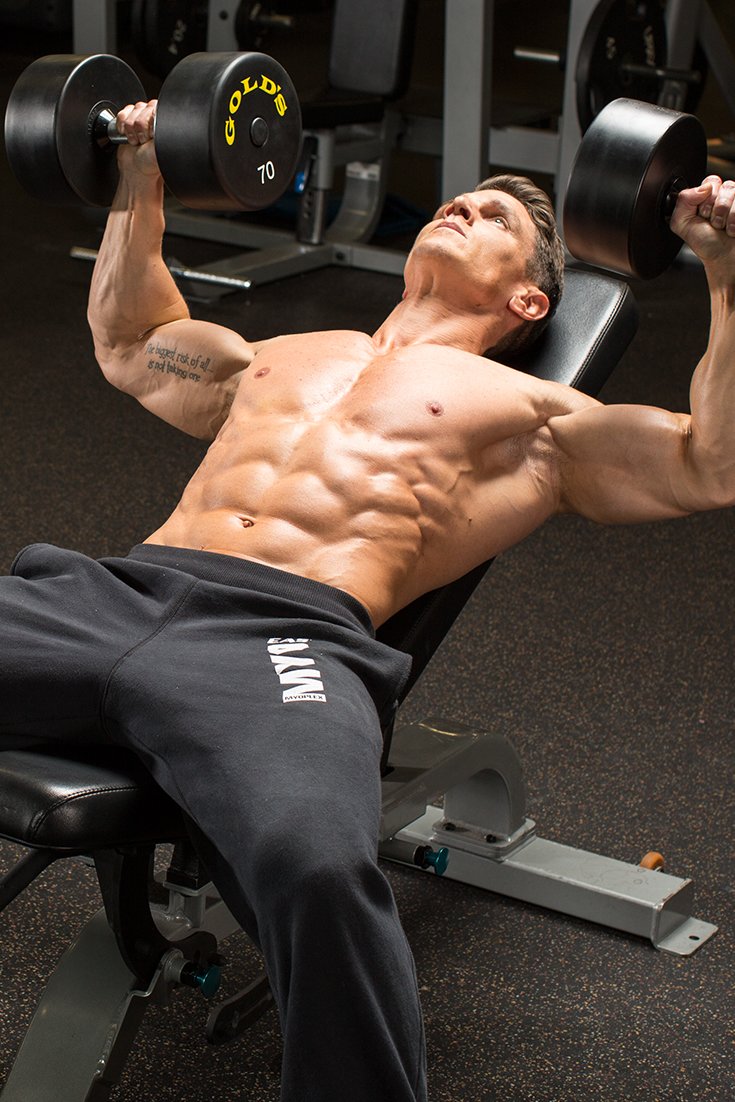
The Progressive Overload Principle: Train For Continued Growth | Bodybuilding.com

The Progressive Overload Principle: Train For Continued Growth | Bodybuilding.com

Muscles respond to the overload of exercise by gaining E a strength b fat c | Course Hero

How to Build Muscle Faster in the Gym with Progressive Overload & Deloading | by GymStreak | GymStreak | Medium

Progressive overload - Wikipedia
Which muscles respond better to high reps? - Quora

The 7 Best Back Exercises for Strength and Muscle Gain | BarBend

Overload Principle: Training with Purpose | H.V.M.N. Blog
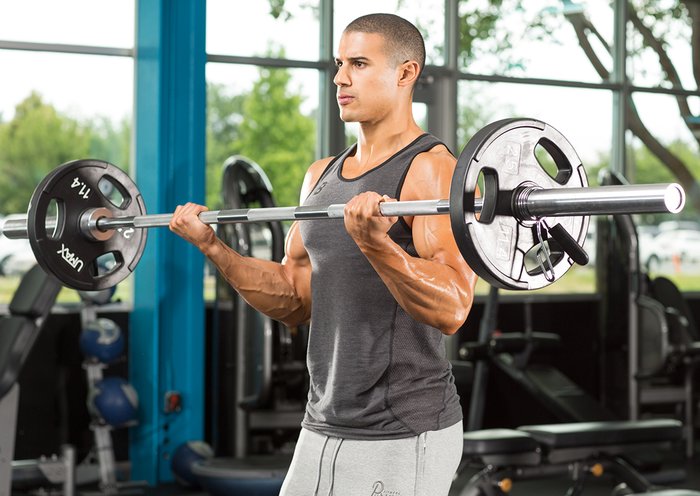
The Progressive Overload Principle: Train For Continued Growth | Bodybuilding.com

The Progressive Overload Principle: Train For Continued Growth | Bodybuilding.com

Understanding and Using the Overload Principle | ISSA
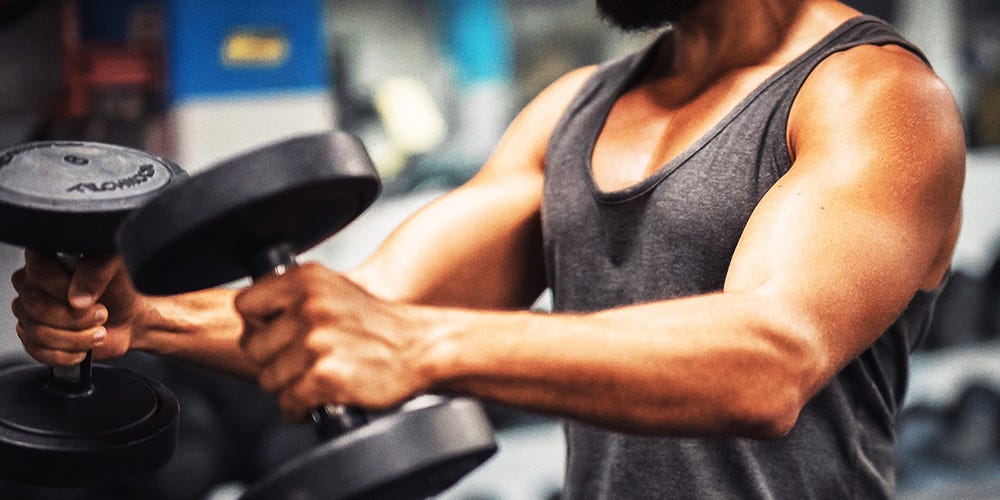
Workout Mistakes That Hold You Back From Building Muscle | Men's Health

How an Ice Bath May Undermine Your Weight Workout - The New York Times
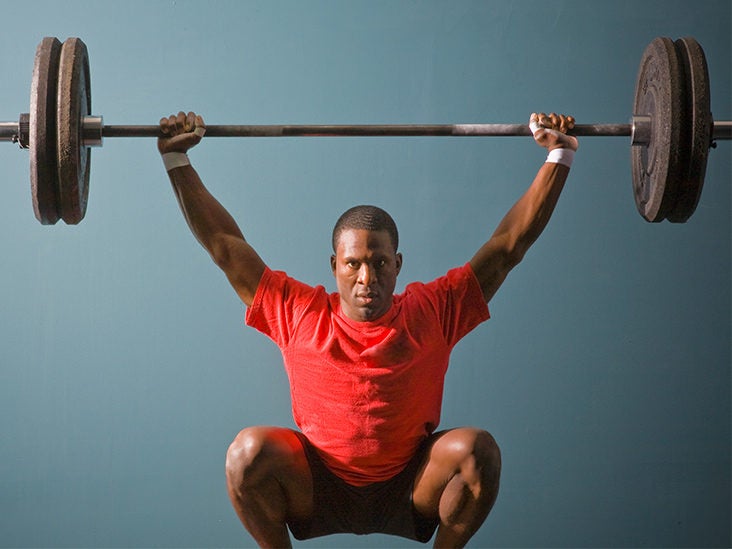
German Volume Training: Benefits, Exercise Plan, and More

Optimal Frequency Training for Hypertrophy | Breaking Muscle
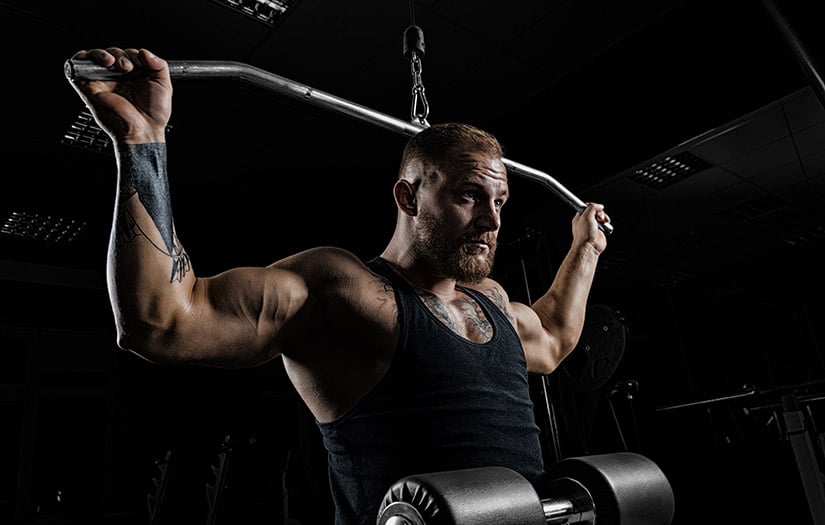
Hypertrophy: Back to the Basics

How Long Does It Take to Lose Muscle Mass?
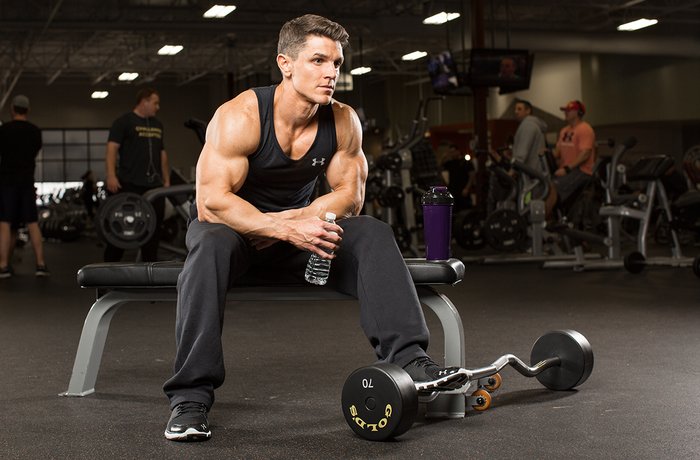
The Progressive Overload Principle: Train For Continued Growth | Bodybuilding.com
/Young-woman-lifting-weights-58223f9a3df78c6f6a2bc3ce.jpg)
Overload in Strength Training to Build Muscle

Muscle hypertrophy - Wikipedia

The 7 Best Back Exercises for Strength and Muscle Gain | BarBend

Workout Mistakes That Hold You Back From Building Muscle | Men's Health

The 7 Best Back Exercises for Strength and Muscle Gain | BarBend

Muscular Hypertrophy: The Science and Steps for Building Muscle
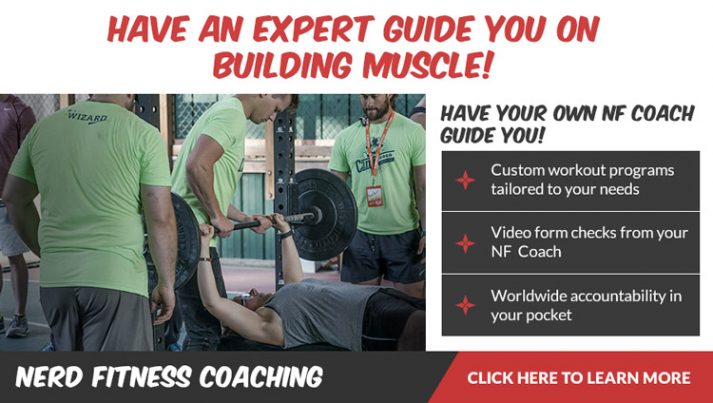
12 Hacks to Gain Weight Quickly: Learn How to Eat and Train | Nerd Fitness

How Often to Change Your Workout? | Fitness Rut

Progressive Overload: Why Is It Necessary for Building Muscle? | by Dhimant Indrayan | Superhuman By Science | Medium
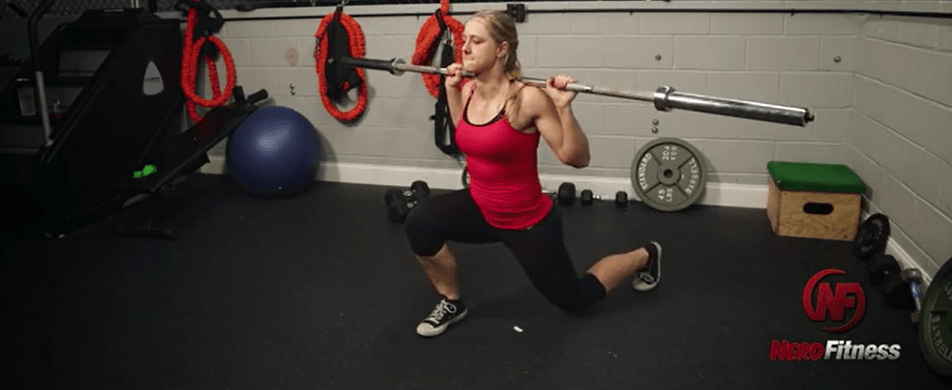
12 Hacks to Gain Weight Quickly: Learn How to Eat and Train | Nerd Fitness

Weight Lifting Exercise: Benefits, Routines, Equipment & For Arms

Overload Principle: Training with Purpose | H.V.M.N. Blog

The 7 Best Back Exercises for Strength and Muscle Gain | BarBend
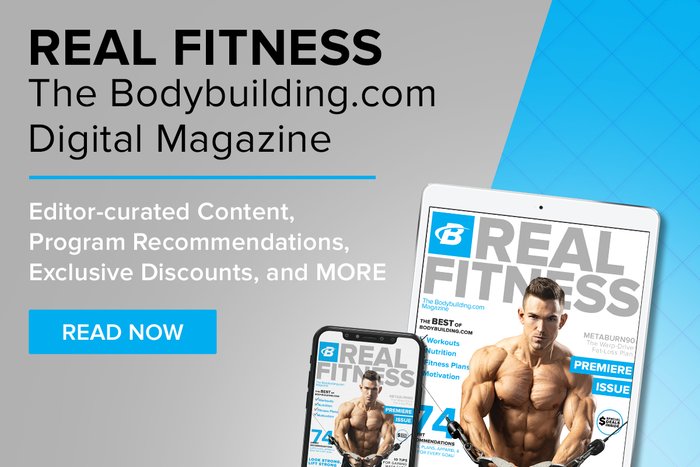
The Progressive Overload Principle: Train For Continued Growth | Bodybuilding.com

Muscles respond to the overload of exercise by gaining E a strength b fat c | Course Hero

Weight Lifting Exercise: Benefits, Routines, Equipment & For Arms

No pain, no gain? 5 myths about DOMS - CNN

Progressive Overload: Why Is It Necessary for Building Muscle? | by Dhimant Indrayan | Superhuman By Science | Medium

Workout Mistakes That Hold You Back From Building Muscle | Men's Health
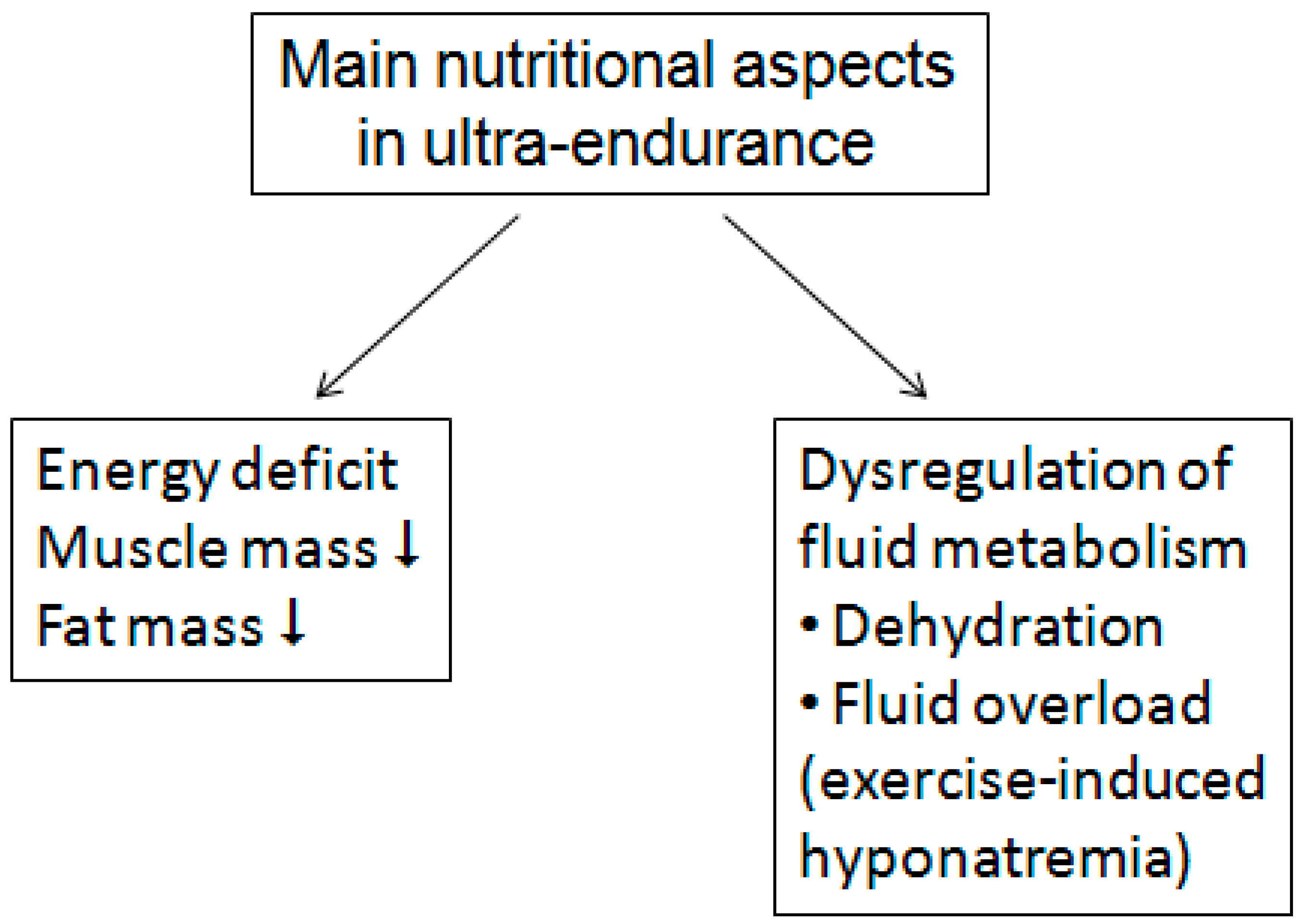
Nutrients | Free Full-Text | Nutrition in Ultra-Endurance: State of the Art | HTML

12 Hacks to Gain Weight Quickly: Learn How to Eat and Train | Nerd Fitness
Posting Komentar untuk "muscles respond to the overload of exercise by gaining"